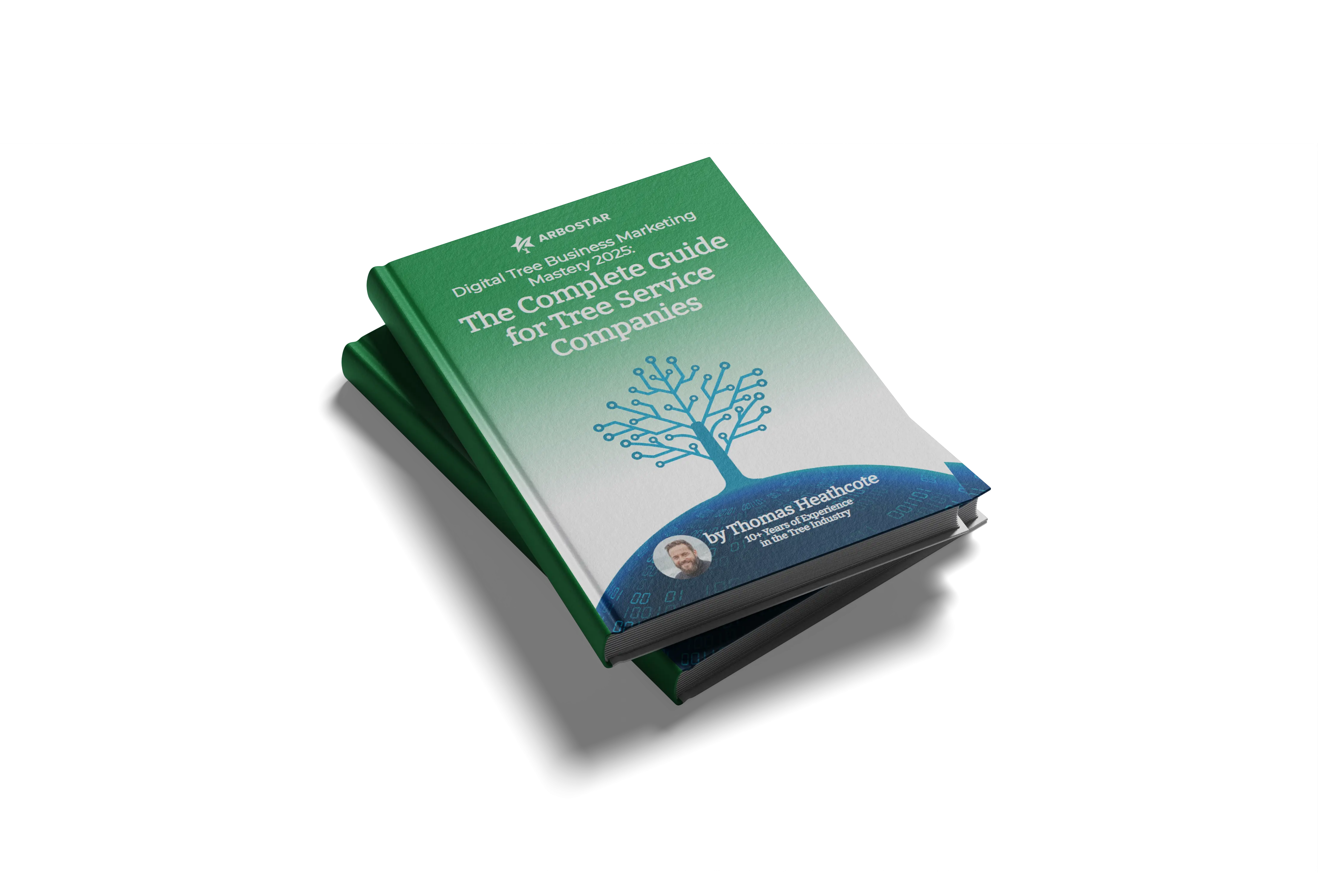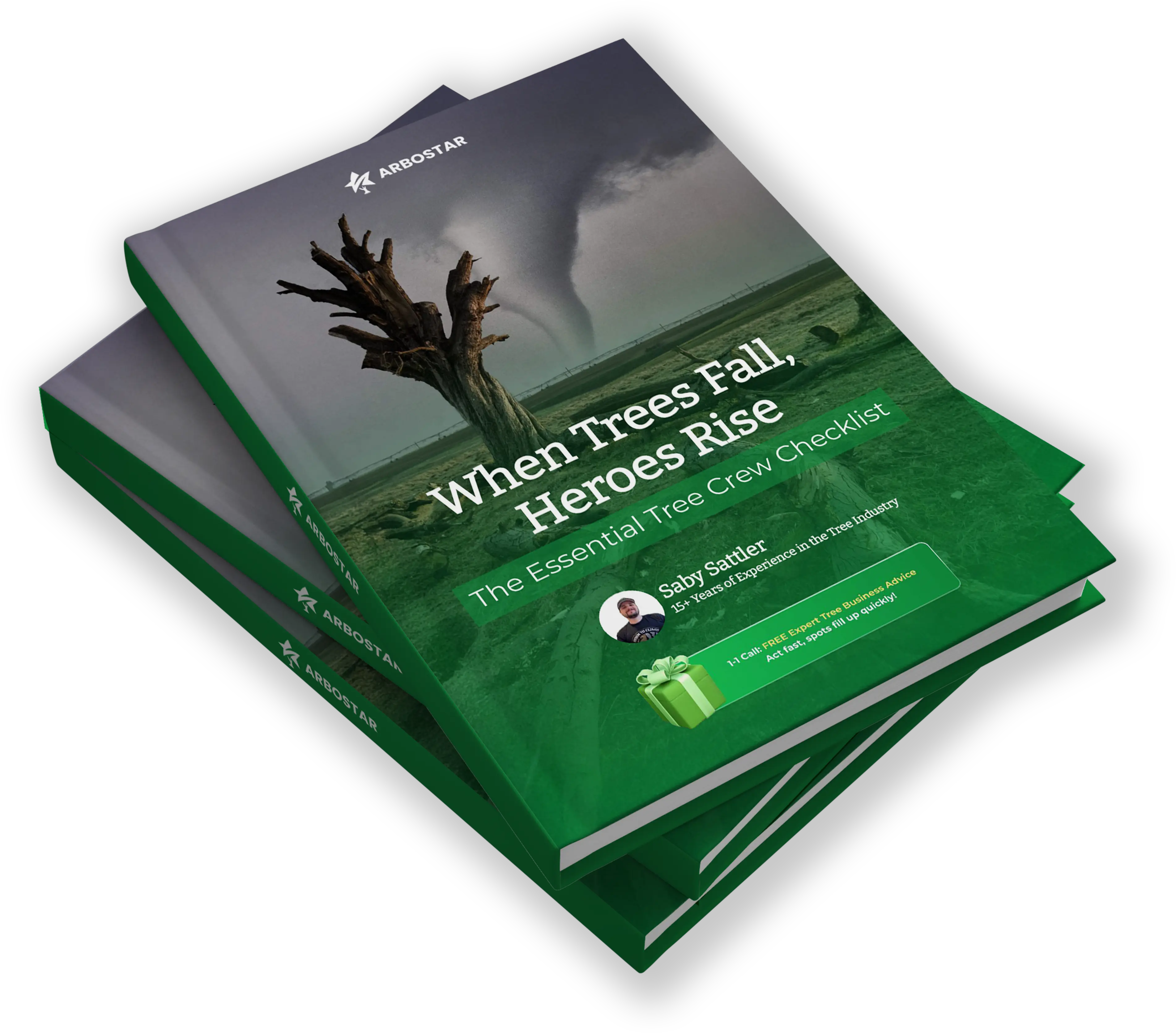Advanced Methods of Tree Propagation: Guide for Arborists

The art of growing trees is one of the fundamental skills that every arborist or tree care professional should have. The success rate in planting can be greatly improved by mastering advanced methods of propagation which also strengthens the structure and ensures healthy growths. Moreover, such techniques support sustainability among tree populations while allowing experts to customize their services based on specific environmental or business requirements. Find out how innovative ideas about propagating trees can become part of routine work through ArborStar’s best arborist software solution.
What is Plant Propagation?
Plant propagation is the process of growing or multiplying a specific type of plant using its seeds, cuttings, or any other parts of the same plant. In arboriculture, this ability is crucial for developing healthy, sustainable tree populations and strong trees.
The technique of planting trees involves both sexual and asexual reproduction, which enables arborists to manage genetic variation and also maintain the purity of a certain species. There are different methods of planting trees that can help an arborist grow healthy trees best suited for their intended use.
There are up to five methods of planting trees, aimed at expanding the services offered by arborists and increasing biodiversity and resilience in both rural and urban environments. These strategies allow you to develop personalized solutions for your clients, ensuring that the trees grow in alignment with the respective project requirements. Propagated plants, whether through sexual or asexual methods, ensure genetic diversity and resilience in any environment.
Why do I Need Plant Propagation?
For an arborist seeking to maintain a healthy population of trees, plant propagation methods are essential. Understanding how to propagate plants using advanced techniques can significantly enhance an arborist’s ability to cater to diverse environmental and project needs. With the help of these techniques, it is possible to propagate plants in such a way that they inherit certain useful traits – such as disease resistance or faster growth rates.
Plant propagation, through both conventional and advanced methods, helps control tree growth according to its intended use, whether it be for urban landscaping or the rehabilitation of deforested areas. Additionally, by mastering plant propagation methods, arborists can broaden their scope of services to include endangered species recovery or large-scale landscape design. Plant propagation ensures that the project’s objectives – whether aesthetic or ecological – are achieved.

Methods Used In Tree Propagation
Sexual Propagation
This type involves seed formation and germination as a natural process called sexual propagation. It is the simplest means of growing new plants though with offspring having variable genetic makeups which may affect their adaptability and resilience. People engaged in tree care should be familiar with this approach.
Asexual Propagation
Grafting, layering, cutting are some forms under asexual propagation that allow arborists to produce identical copies of given species while maintaining genetic uniformity among clones. This technique becomes very applicable when dealing with those types known for aesthetic qualities or commercial values since it helps keep up their good traits.

Advanced Techniques In Tree Propagation
Micropropagation
Micropropagation is a more complex method than others considered as an artificial means where plants are grown from tissues or cells in vitro (controlled environment). There is high demand for this kind because it produces large quantities of disease-free plants which are genetically similar. Therefore urban green spaces can be quickly expanded with strong healthy trees through micropropagating them.
Air Layering
Urban areas need many large mature trees within short periods; hence air layering becomes relevant here too apart from being practiced mainly on suburban landscapes. In air-layering, a wound made on the branch encourages development of roots at that point before cutting off planted tree.
Grafting Techniques
Arborists need to acquire grafting skills which enable them join together two or more parts of different plants so that they grow as one. Splice, wedge, bud are some types of grafts used in ensuring strong structure and desired qualities among cultivated trees necessary for cable bracing systems since they can be employed to reinforce trees physically.

Propagation In Tree Care Management
Technology Used During Propagation
Efficient propagation management is possible with arborist CRM software from ArborStar and tree service software. These technologies when integrated will help professionals streamline their activities; monitor project progress better and optimize resource utilization.
Growth Tracking And Health
It is important to track the growth and health conditions of newly propagated trees. Mobile arborist software provided by ArborStar plus cloud-based solutions allows real-time data tracking & analysis which informs decision-making on care and management of various tree populations by arborists.

Case Studies
Several successful projects have been realized through tree propagation using ArboStar’s products including our estimating & job management software for tree services. Clients who adopted these systems reported increased operational efficiency besides recording higher success rates in their propagation ventures.
Conclusion
To boost results, it is important to enhance your tree propagation methods and combine them with business management practices provided by ArboStar. Check out our arborist company software and see how they could better your propagation projects.















